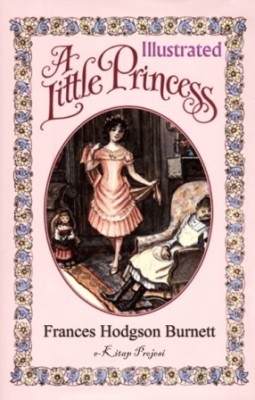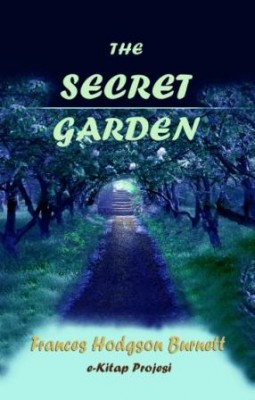More Search Results...
Frances Eliza Hodgson Burnett (24 November 1849 – 29 October 1924) was an English playwright and author. She is best known for her children’s stories, in particular Little Lord Fauntleroy (published in 1885-6), A Little Princess (1905), and The Secret Garden (1911).
Frances Eliza Hodgson was born in Cheetham, near Manchester, England. After her father died in 1852, the family eventually fell on straitened circumstances and in 1865 emigrated to the United States, settling near Knoxville, Tennessee. There, Frances began writing to help earn money for the family, publishing stories in magazines from the age of 19. In 1870 her mother died and in 1872 she married Swan Burnett, who became a medical doctor after which they lived in Paris for two years where their two sons were born before returning to the US to live in Washington D.C. There she began to write novels, the first of which (That Lass o’ Lowries), was published to good reviews. Little Lord Fauntleroy was published in 1886 and made her a popular writer of children’s fiction, although her romantic adult novels written in the 1890s were also popular. She wrote and helped to produce stage versions of Little Lord Fauntleroy and A Little Princess.
A Little Princess
"Once on a dark winter's day, when the yellow fog hung so thick and heavy in the streets of London that the lamps were lighted and the shop windows blazed with gas as they do at night, an odd-looking little girl sat in a cab with her father and was driven rather slowly through the big thoroughfares."
She sat with her feet tucked under her, and leaned against her father, who held her in his arm, as she stared out of the window at the passing people with a queer old-fashioned thoughtfulness in her big eyes.
The Secret Garden
When Mary Lennox was sent to Misselthwaite Manor to live with her uncle everybody said she was the most disagreeable-looking child ever seen. It was true, too. She had a little thin face and a little thin body, thin light hair and a sour expression. Her hair was yellow, and her face was yellow because she had been born in India and had always been ill in one way or another. Her father had held a position under the English Government and had always been busy and ill himself, and her mother had been a great beauty who cared only to go to parties and amuse herself with gay people. She had not wanted a little girl at all, and when Mary was born she handed her over to the care of an Ayah, who was made to understand that if she wished to please the Mem Sahib she must keep the child out of sight as much as possible. So when she was a sickly, fretful, ugly little baby she was kept out of the way, and when she became a sickly, fretful, toddling thing she was kept out of the way also. She never remembered seeing familiarly anything but the dark faces of her Ayah and the other native servants, and as they always obeyed her and gave her her own way in everything, because the Mem Sahib would be angry if she was disturbed by her crying, by the time she was six years old she was as tyrannical and selfish a little pig as ever lived. The young English governess who came to teach her to read and write disliked her so much that she gave up her place in three months, and when other governesses came to try to fill it they always went away in a shorter time than the first one. So if Mary had not chosen to really want to know how to read books she would never have learned her letters at all.
More info →

































